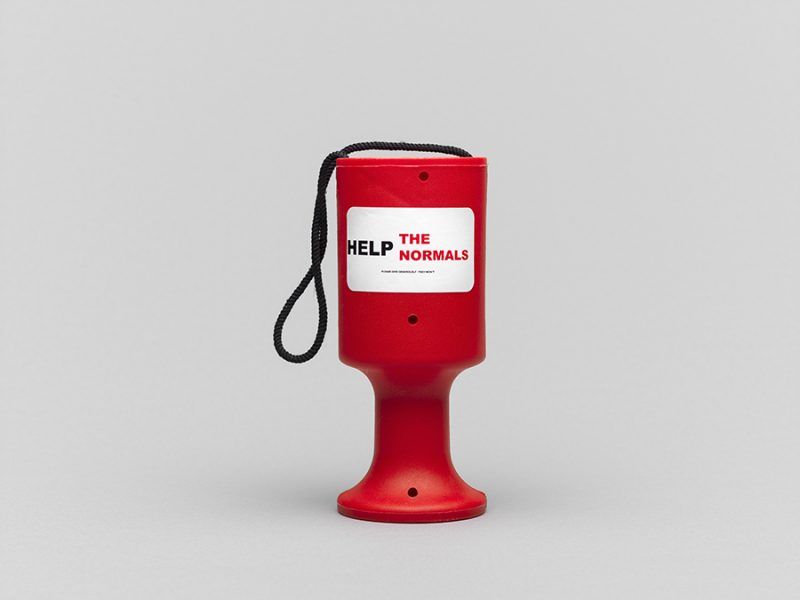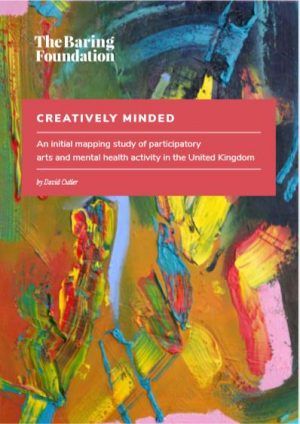If art is a map back to yourself, then this report is the beginnings of an atlas that shows the many journeys to art, but also what pushes people away from it in ways little explored before.
I was born and brought up in London. At 14 I had my first psychosis. By 29, I had spent over a decade in my bedroom, rarely leaving it because I was so scared of the world around me and the world inside me. I was immovable and trapped. I had been in the mental health system but nothing they offered helped; in fact it made things worse. On my 30th birthday, I could take no more of this kind of life and made the decision to live or die. I chose to live. I did a lot of things to help myself, but luckily I discovered creativity, such as writing and art, which helped me express difficult feelings. I wrote poems about loneliness that made me feel less lonely. I realised I was drawing myself a map. If services and systems provide you with a map on how to be lost, and stay lost, you need to find the map elsewhere. Creativity has done that for me.
If services and systems provide you with a map on how to be lost, and stay lost, you need to find the map elsewhere. Creativity has done that for me.
Creativity, in its simplest and purest form, is the power to change or create something. Here is an example: Before I wrote my memoir, ‘The World is Full of Laughter’, I was full of self-hate, I didn’t have an ounce of compassion for myself. Writing itself was cathartic, but it was in the reading of my story I had empathy for myself for the first time. Art became the roadmap back to myself. As my creativity evolved and I grew as a person, art became a way of life, and then my career. It has also given me an armour and shield to face the world, making a sometime ugly world a little more tolerable, a world beautiful enough to save my soul. I cannot capitulate, I can only create. I even use it in protest as I know it is a direct way to touch people.

Art became the roadmap back to myself.
In a recent exhibition I curated on art and protest, I wrote: “This exhibition will honour our right to be ourselves and to be treated with humanity and respect, and even our right to stay alive, by using art to confront, to embolden ourselves with, to stand tall, and to show others they are not alone.” I want people to have the right to creativity. It might not be as powerful a catalyst to them as it was to me, but it will do something to change their lives. People who have mental ill health have the right to express themselves creatively and to access culture. This report is invaluable as it is necessary for that very reason.
People who have mental ill health have the right to express themselves creatively and to access culture. This report is invaluable as it is necessary for that very reason.
If art is a map back to yourself, then this report is the beginnings of an atlas that shows the many journeys to art, but also what pushes people away from it in ways little explored before. I am glad, for example, it considers intersectionality when it comes to barriers to accessing art and culture, and also what would help artists like me stay in the field. I am grateful to the Baring Foundation for laying the bricks for a possible road forward.
Dolly Sen
www.dollysen.com
